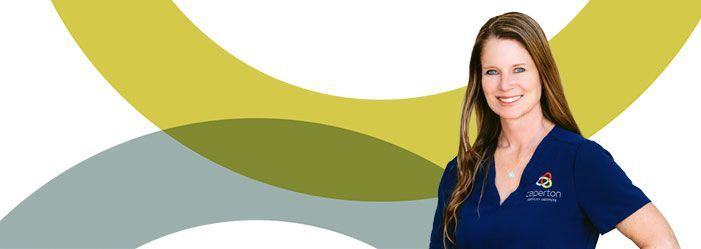The Hidden Challenge of Minimal Stimulation IVF: Understanding Attrition in the IVF Process
Exploring the Role of Attrition in IVF and Its Impact on Success Rates
When patients begin exploring fertility treatment options, many are drawn to the idea of minimal stimulation IVF—sometimes referred to as “mini-IVF.” This approach uses lower doses of fertility medications to stimulate the ovaries, making it appealing to patients who are hoping for:
- Lower treatment costs
- Reduced medication use
- A “gentler” IVF cycle
However, while mini-IVF may sound attractive, it comes with important limitations. At Caperton Fertility Institute, with fertility clinics in Albuquerque, NM, and El Paso, TX, we want to help patients understand one of the biggest challenges in IVF—attrition—and why minimal stimulation may not provide the best chance of success for many individuals or couples.
What Is Attrition in IVF?
Attrition refers to the natural decline in egg and embryo numbers that occurs at each step of the IVF process. Even in ideal scenarios, not every egg will develop into a healthy embryo ready for transfer. Here’s how attrition typically happens:
- Egg Retrieval – Not every follicle produces a mature, healthy egg.
- Fertilization – Not every egg fertilizes normally.
- Embryo Development – Some embryos stop growing before reaching the blastocyst stage.
- Genetic Testing (if performed) – Some embryos are chromosomally abnormal.
- Embryo Transfer – Not every embryo transferred results in a pregnancy.
Because attrition occurs at every stage, starting with more eggs gives patients a higher chance of ending with at least one healthy embryo to transfer.
Why Minimal Stimulation IVF Can Be Limiting
In a conventional IVF cycle, higher doses of medication are used to stimulate the ovaries, producing a larger number of eggs. In contrast, minimal stimulation IVF typically results in only 2–5 eggs.
Here’s the challenge: with such a small starting number, attrition can leave patients with no embryos to transfer.
For example:
- 4 eggs are retrieved → 3 are mature
- Of those, 2 fertilize
- After several days, 1 develops into a blastocyst
- If that embryo is abnormal or fails to implant, the cycle ends without a pregnancy
While it is possible to achieve success with mini-IVF, the risk of ending a cycle without embryos is significantly higher compared to conventional IVF.
The Caperton Fertility Institute Perspective
At Caperton Fertility Institute, our philosophy is to maximize your chances of success while being transparent about the realities of fertility treatment.
While minimal stimulation IVF may seem less invasive, the trade-off is often:
- Fewer eggs
- Fewer embryos
- Lower success rates due to attrition
With advanced fertility care in Albuquerque, NM, and El Paso, TX, we carefully review every patient’s medical history, fertility testing, and personal goals to recommend the most effective treatment plan.
We believe that understanding the impact of attrition empowers patients to make informed choices about their fertility journey.
Final Thoughts: Is Mini-IVF Right for You?
While minimal stimulation IVF may sound appealing, it is not always the best choice for patients who want the highest chance of success per cycle. Understanding the role of attrition in IVF helps explain why starting with more eggs—and ultimately more embryos—leads to better outcomes.
If you are considering IVF and wondering whether mini-IVF or conventional IVF is right for you, our team is here to guide you.
📍 Caperton Fertility Institute – Albuquerque, NM & El Paso, TX
📞 Call us today or request your appointment online to begin building the family of your dreams.




